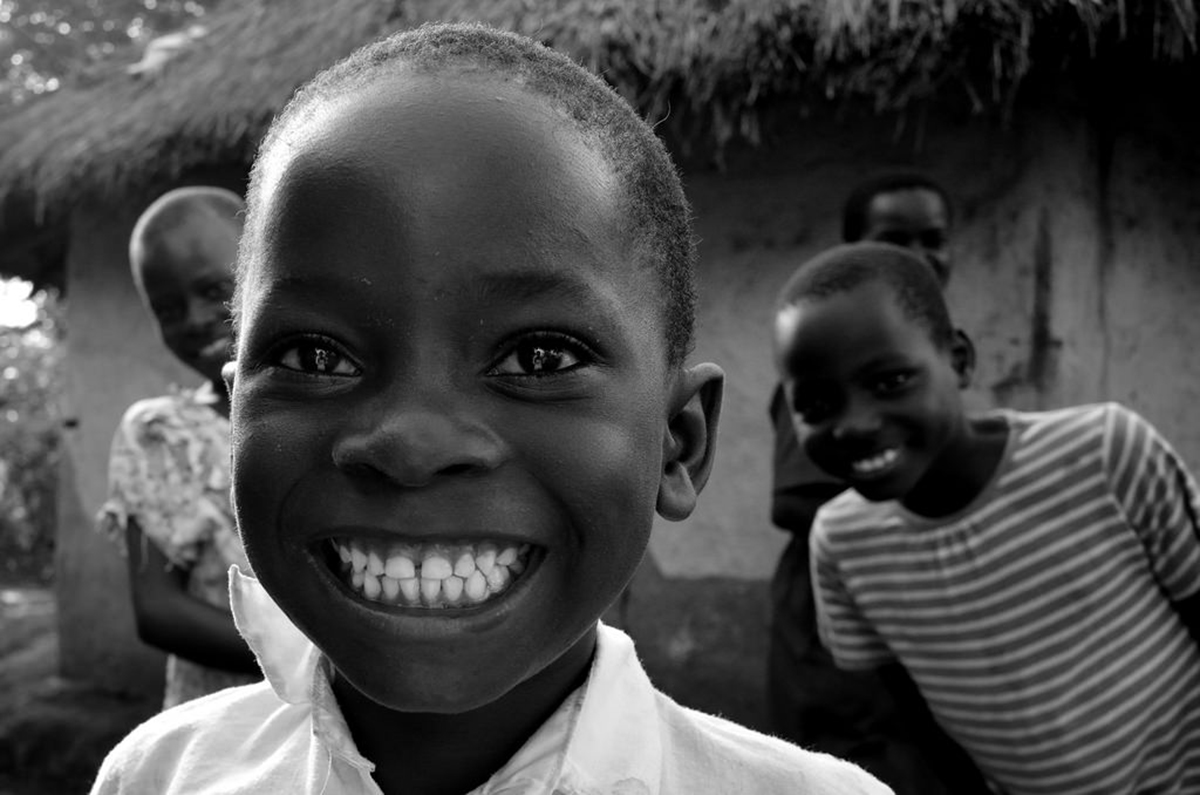Table of Contents
How did the myth start?
In short, it started with some poorly-researched biology books and some primitive ideas about race. Early biologists believed that, while Caucasians descended from Neanderthals (our closest prehistoric relative, a subspecies of Homo sapien), Asians descended from Peking Man or Java Man (both examples of more primitive homo erectus), and Africans descended from another ancestor.
However that "multiregional theory" has now been demolished. It has now been discovered that the whole human race shares one single ancestor: Mitochondrial Eve, who lived in Africa between 100,000 and 200,000 years ago. Mitochondrial Eve lived later than the development of Neanderthal man, but before humanity's migration from Africa.

What's the problem with the race myth?
Over the centuries, we have been divided by this artificial social construct, which has caused - in its most extreme form - segregation, slavery and genocide. The word "race" is still used by policymakers and clinicians.
Why is that problematic?
Health issues: There are many health issues that are traditionally thought of as "racial" diseases. However, that's not the case.
- Tay-Sachs Disease: Once traditionally thought of as a "Jewish illness", it is now known to be as common in French Canadian and Cajun populations.
- Cystic Fibrosis: Traditionally called a "white disease", Cystic Fibrosis is underdiagnosed in African communities, although it is just as common
- A gene related to the development of breast and ovarian cancer was recently called "the Jewish gene" in a New York magazine, even though you don't have to have Jewish ancestry to have the gene.
- Low haemoglobin levels in black children were routinely dismissed as "not anaemia"; the same levels in a white child would demand treatment.
This kind of common-or-garden racism seeps into our scientific community without our noticing. It could prevent effective testing, diagnosis, and treatment, and is basically lazy science.
Many of these racial "distinctions" start with incredibly bad research. One example of bad, lazy research in racial "medical research" is poor sampling. One study took 12 African American men and then applied the results to all African American men.
Differences in Expectations: There is evidence that the race myth leads to differences in expectations. These expectations are harmful. Common expectations and myths include:
- Fortune 500 companies are started by Caucasians
- Starting running backs in the NFL are African American
- African Americans are more likely to be poor
- African Americans will perform poorly at school
- There are differences in intelligence (either higher or lower) between Asians, African Americans and Caucasians
- Some "races" are naturally inferior - this is the justification that was used for slavery and the Holocaust.
These expectations seep into our self-conscious and may affect whether we feel we can pursue the things we want. This is known, in Psychology, as "Self-Fulfilling Prophecy". When we believe that someone else believes a stereotype, we can still behave in accordance with it, even if we don't believe it ourselves. If an educator tells us that we will fail in school, we internalise that message and are more likely to fail in school. If business experts tell us we cannot successfully open a Fortune 500 company, we absorb the message unintentionally and will not try.
READ Racism Doesn't Just Suck - It Causes PTSD
These messages are dangerous and damaging to young people, part of the toxic legacy of racism and the race myth.
So, how can you categorise people? Can you categorise people?
Genetic anthropologist L. Luca Cavilli-Sforza has spent more time than anyone else attempting to classify humans by genetic makeup. He has placed people into evolutionary and geographic clusters, but he writes: "At no level can clusters be identified with races", adding that "minor shifts in the genes or methods used shift some populations from one cluster to another."
Geneticist Steve Jones points to our blood, saying, "We would have a very different view of human race if we diagnosed it from blood groups." adding that we would find, "an unlikely alliance between the Armenians and the Nigerians, who could jointly despise...the people of Australia and Peru" who generally lack Type-B blood. He says, "When gene geography is used to look at overall patterns of variation, color does not say much about lies under the skin."
All of this goes to say that it is impossible to categorise people in any defined way. We certainly cannot categorise by appearance: fair skin is only needed in the Northern hemisphere to allow the sparse sun's ultraviolet light to access the body and covert into necessary Vitamin D.
READ How (And Why) To Discuss Race And Racism With Your White Kids
As geneticist Svante Paabo says, "Genetics should be the last nail in the coffin for racism".
Conclusion
Although it sounds like a utopian fantasy, the death knell for racism has been sounded.
Over time, says Eric Lander, world-renowned geneticist at M.I.T., "genetics will help beat down racist arguments". "Race" is being phased out in the biological sciences, with scientists being encouraged to get more specific when referring to "ancestry" and "population". In the meantime, we have to do more to understand the effects that long-term discrimination and bad science has had on mankind, particularly health.
But one thing is certain: 19th Century bigotry cannot stand when placed alongside sound 21st century scientific developments.
- www.hup.harvard.edu/catalog.php?isbn=9780674417311
- www.huffingtonpost.com/entry/donald-trump-racist-examples_us_56d47177e4b03260bf777e83
- www.livescience.com/47627-race-is-not-a-science-concept.html
- www.newscientist.com/article/mg21128200-200-psychologist-why-we-screw-up-when-the-heat-is-on/
- www.psychologytoday.com/blog/busting-myths-about-human-nature/201204/race-is-real-not-in-the-way-many-people-think
- www.psychologytoday.com/blog/looking-in-the-cultural-mirror/201212/the-myth-race
- www.scientificamerican.com/article/race-is-a-social-construct-scientists-argue/
- www.theguardian.com/football/2015/feb/18/met-police-join-search-chelsea-fans-caught-abusing-black-man-film-paris-metro
- www.theguardian.com/commentisfree/2014/dec/01/dna-james-watson-scientist-selling-nobel-prize-medal
- www.theguardian.com/science/2015/mar/01/racism-science-human-genomes-darwin
- web.mit.edu/racescience/in_media/what_dna_says_about_human/
- Photo courtesy of cosmic_bandita: www.flickr.com/photos/cosmic_bandita/3699832401/
- Photo courtesy of stimpson jake: https://www.flickr.com/photos/128539140@N03/17968038889/
- Photo courtesy of stimpson jake: https://www.flickr.com/photos/128539140@N03/17968038889/


Your thoughts on this